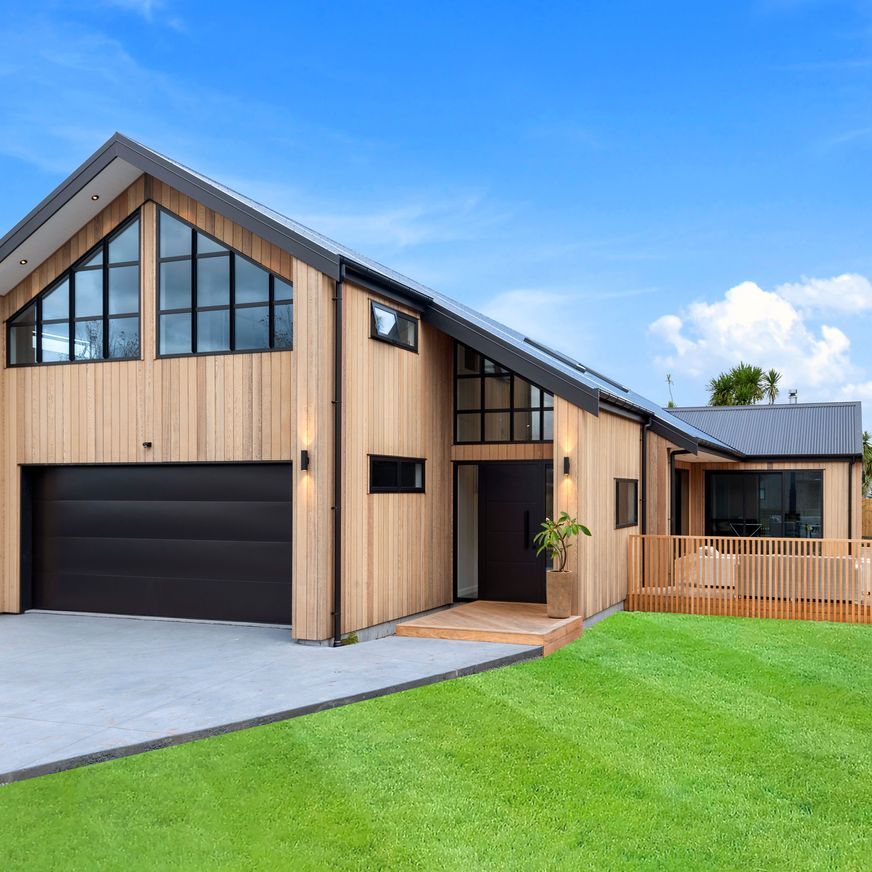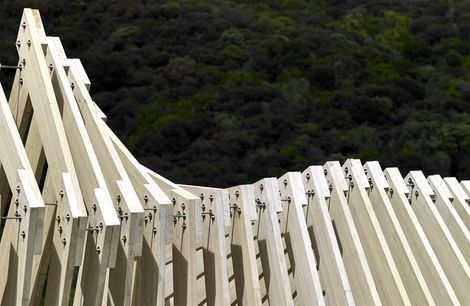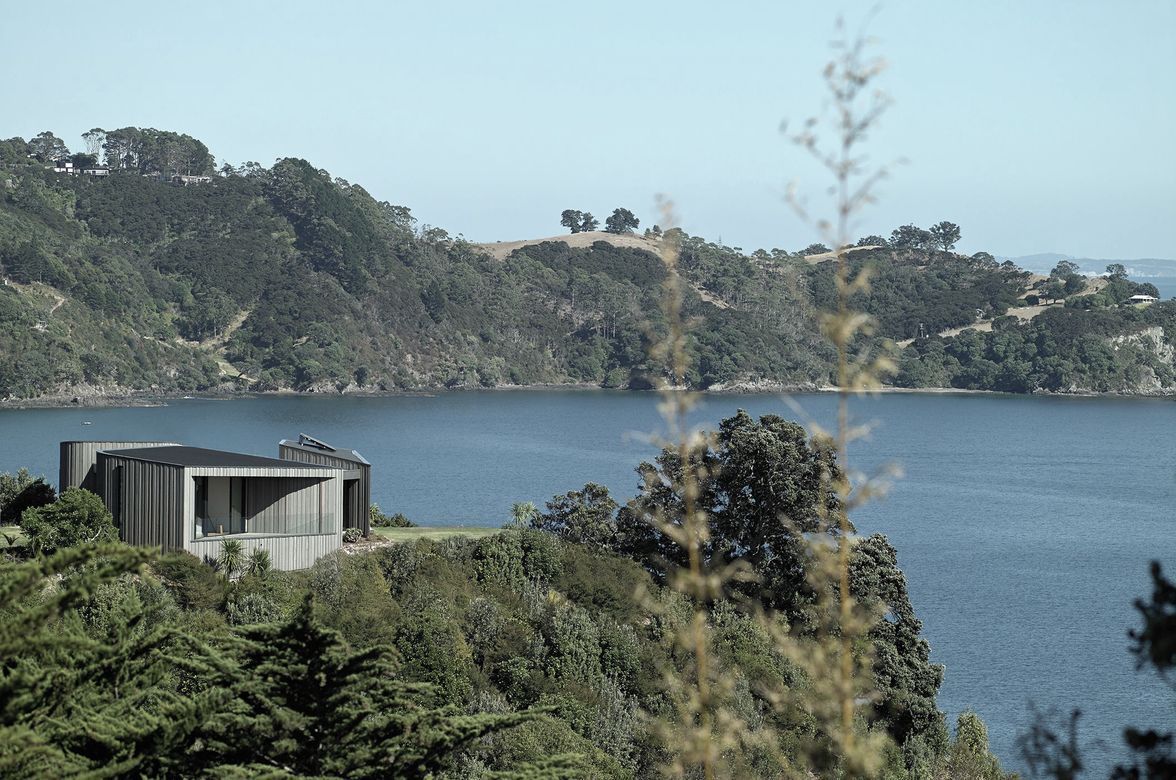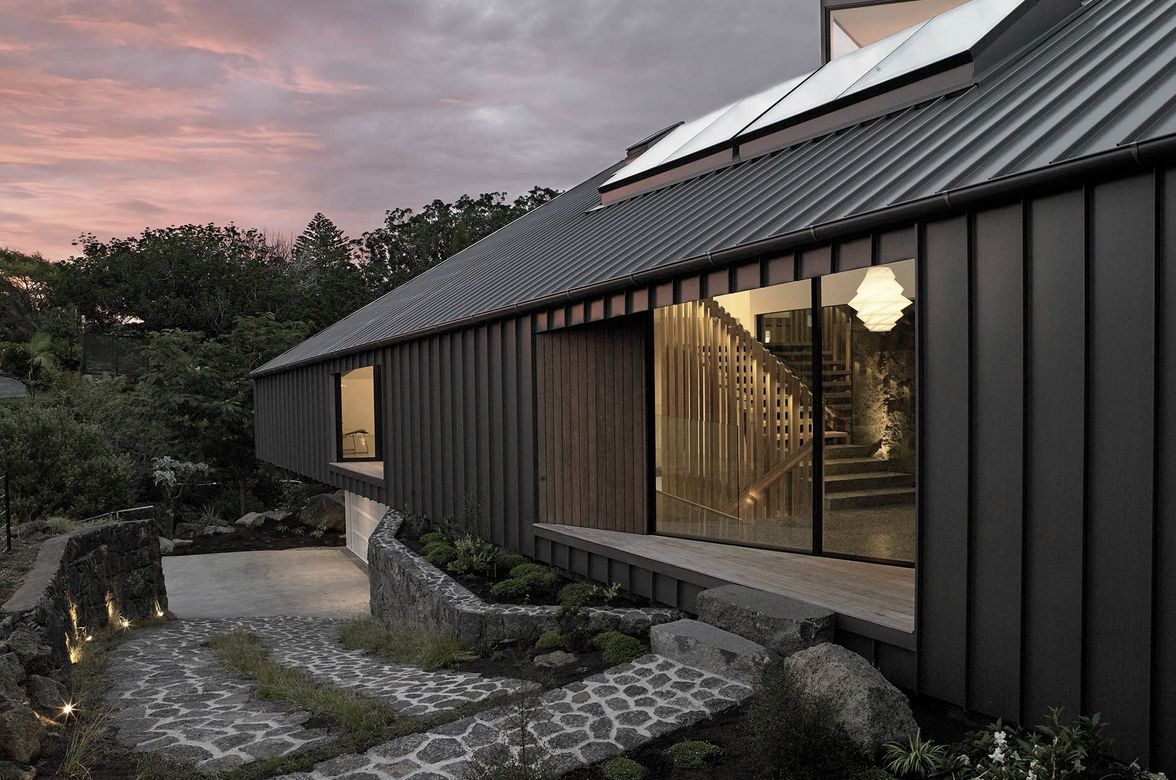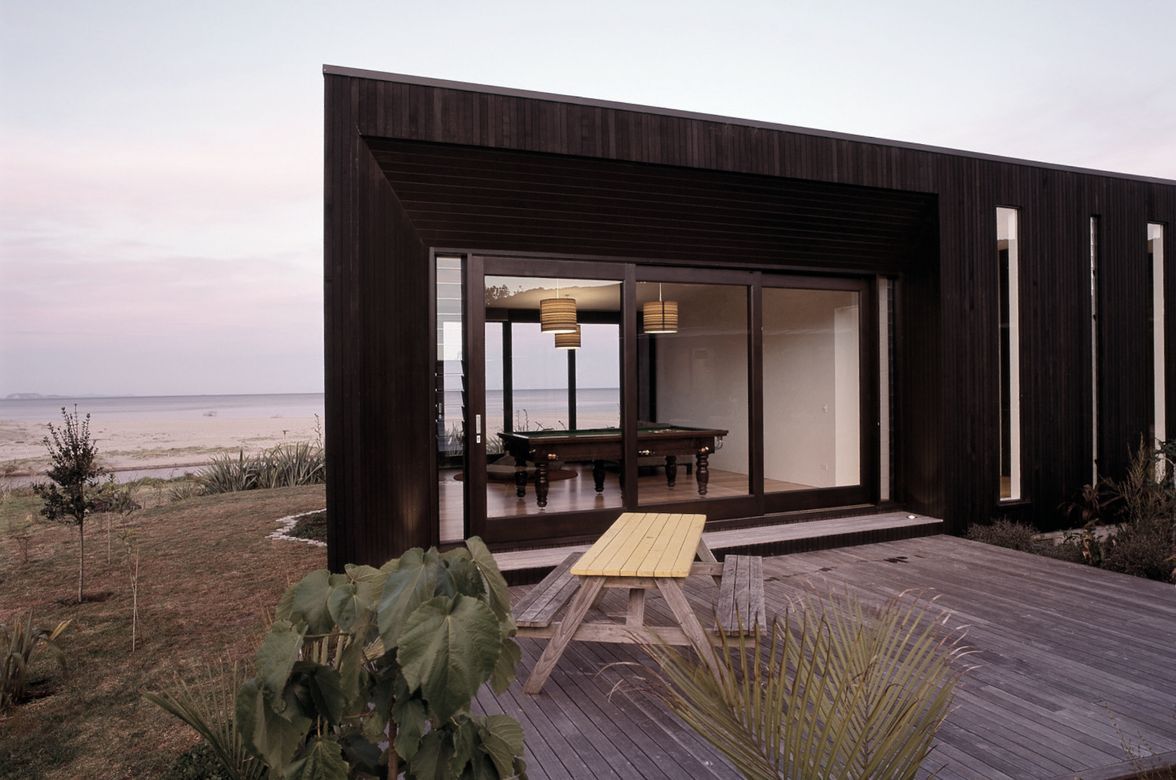Te Kaitaka-Lake Wanaka
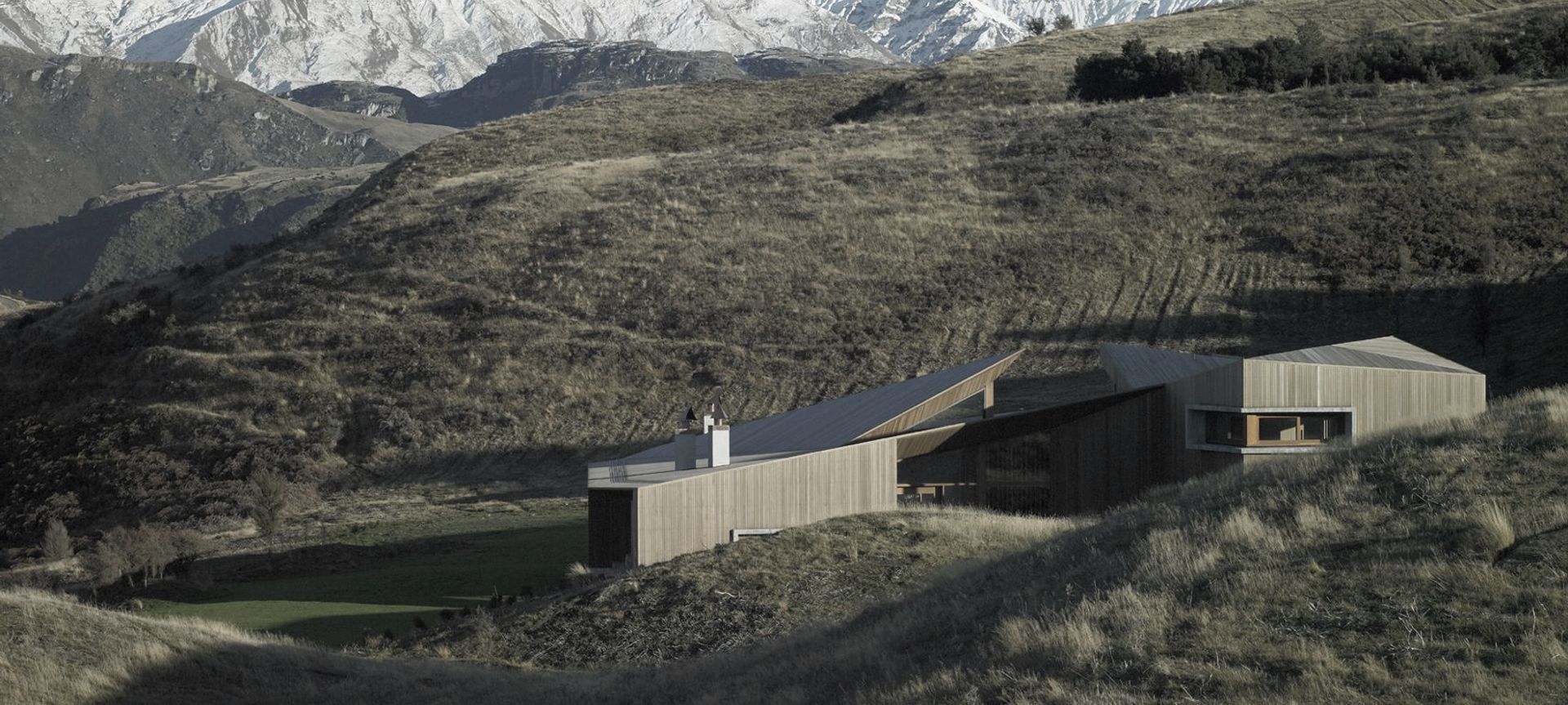
Te Kaitaka is nestled amoungst the tussock covered hills of Roy’s Peninsula on the shores of Lake Wanaka, in the South Island of New Zealand. It is situated on the edge of Te Wahipounamu / Southwest New Zealand World Heritage Area and Mt Aspiring National Park. The area is renowned for it’s dramatic landscape with large valleys, carved out by ancient glaciers, dissecting high mountain ranges. It is also a Mecca for outdoor leisure activities including hiking, fishing and boating in summer and skiing in winter.
Our approach was to investigate an architectural language in conversation with the natural environment and local building traditions. Abstracted triangulated geometries and origami-like folds and cuts were employed to create a sculptural form that related strongly to the alpine landscape. This was articulated with reference to the forms and textures of the vernacular timber woolsheds of the area. Local planning rules required a building platform that was no greater than 25 metres square. Our design process started with a square piece of paper. It was tilted to create a roof plane that mirrored the slope of the land, then trimmed to fit the undulating landform and to create courtyards to the east and west. The roof plane was sliced on the angle and folded up to form sky-lights, the edges were folded down to form walls enclosing the space within.
In Maori culture the cloak, Te Kaitaka, is a potent symbol of shelter and nurture. A skin of natural cedar cloaks the raw concrete structure, analogous to the tussock draped over the rocky landscape. The weathered camouflage exterior gives way to a cavelike interior, the concrete and stone mass providing a sense of protection from the power of the landscape and the extreme regional climate. This is an intriguing but satisfying reversal of the orthodox material schema of concrete exterior and timber interior. The central living area comprises a series of diagonally interlocking spaces which culminate in a cavernous aperture which is carved through to the upper floor, creating a sense of connectedness and spatial fluidity. Shafts of winter sunlight penetrate deep into the space through raised angular skylights and deep framed windows, evoking an almost spiritual atmosphere. The roof plane dips low, forming a sheltered Verandah space, framing views to the lake and mountains. The materiality of the building has a tactility and earthy sensuality expressed by the textured concrete walls, rough hewn schist floors, and band sawn oiled timber ceilings. A subtle scent of cedar permeates the space. The building is enriched by hand crafted detailing and has been assembled with the skill and precision of a furniture maker.
This house is a sanctuary for our clients, their family and friends. Although generous in its proportions and theatrical in its expression it is also an intimate and sociable home with a sense of informality and an atmosphere of serenity. As a sculptural object within the landscape enfolding a rich interior experience, this house evokes a profound sense of place.
Images by Mark Smith Photography
No project details available for this project.
Request more information from this professional.

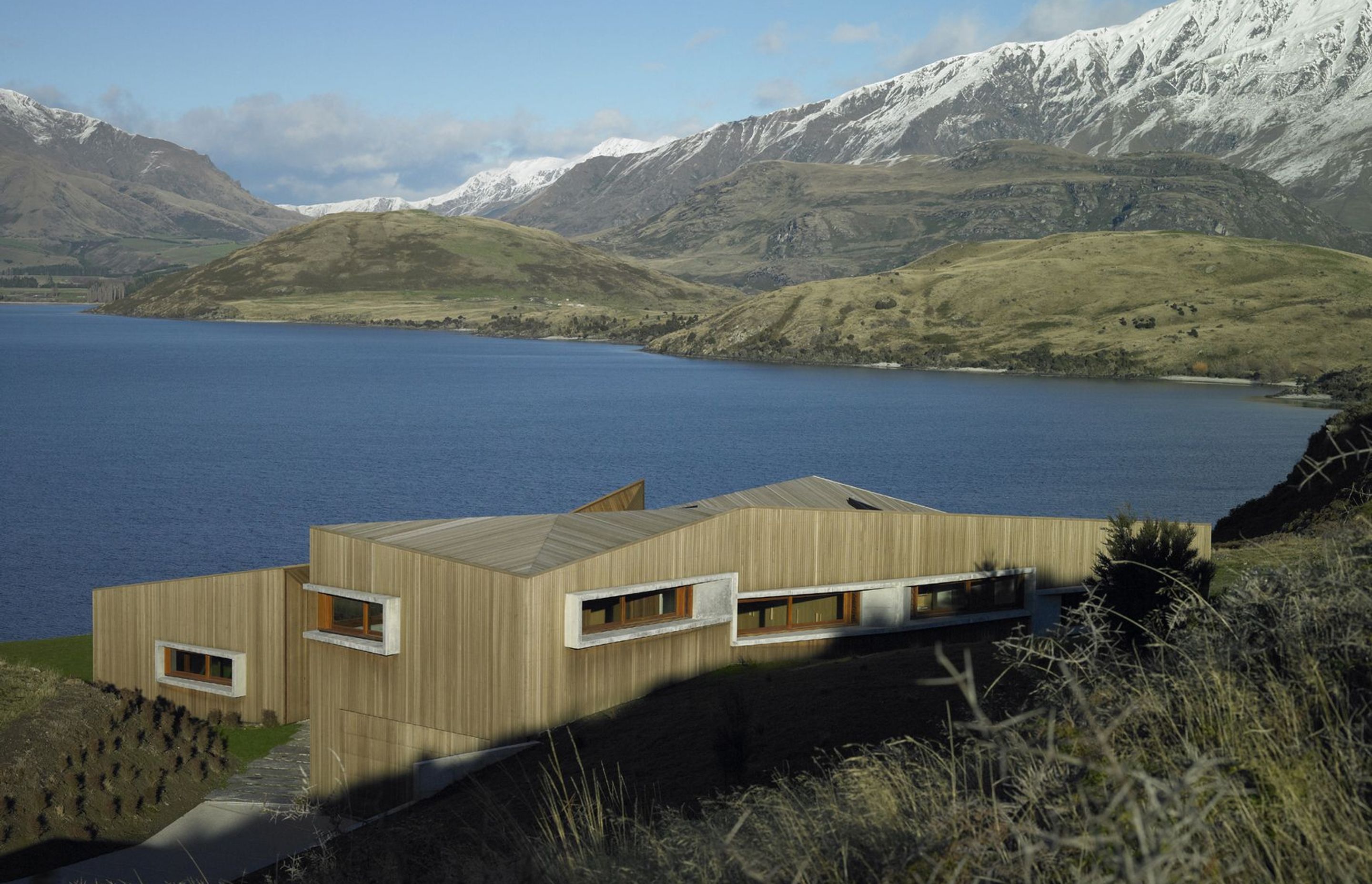
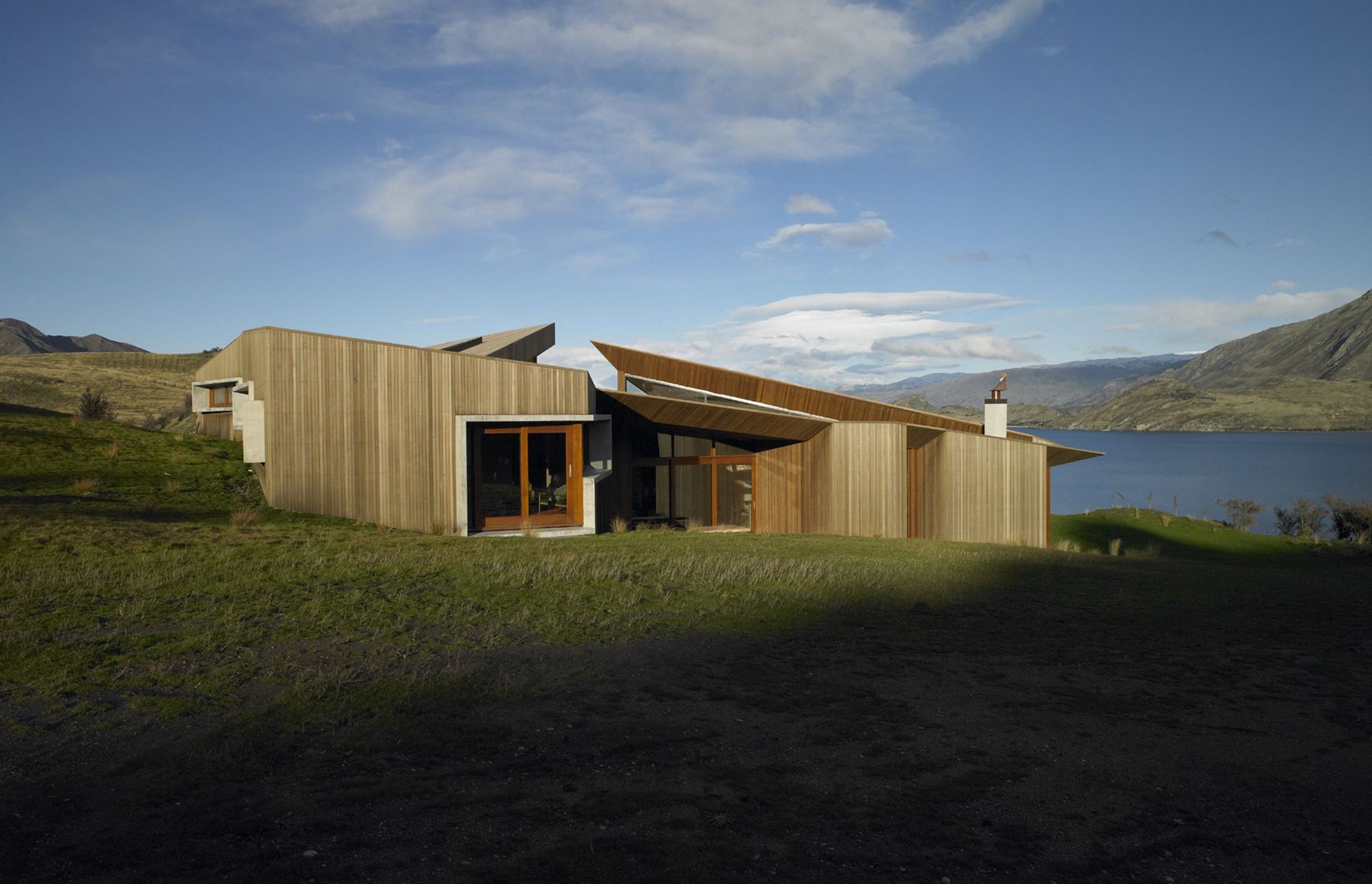

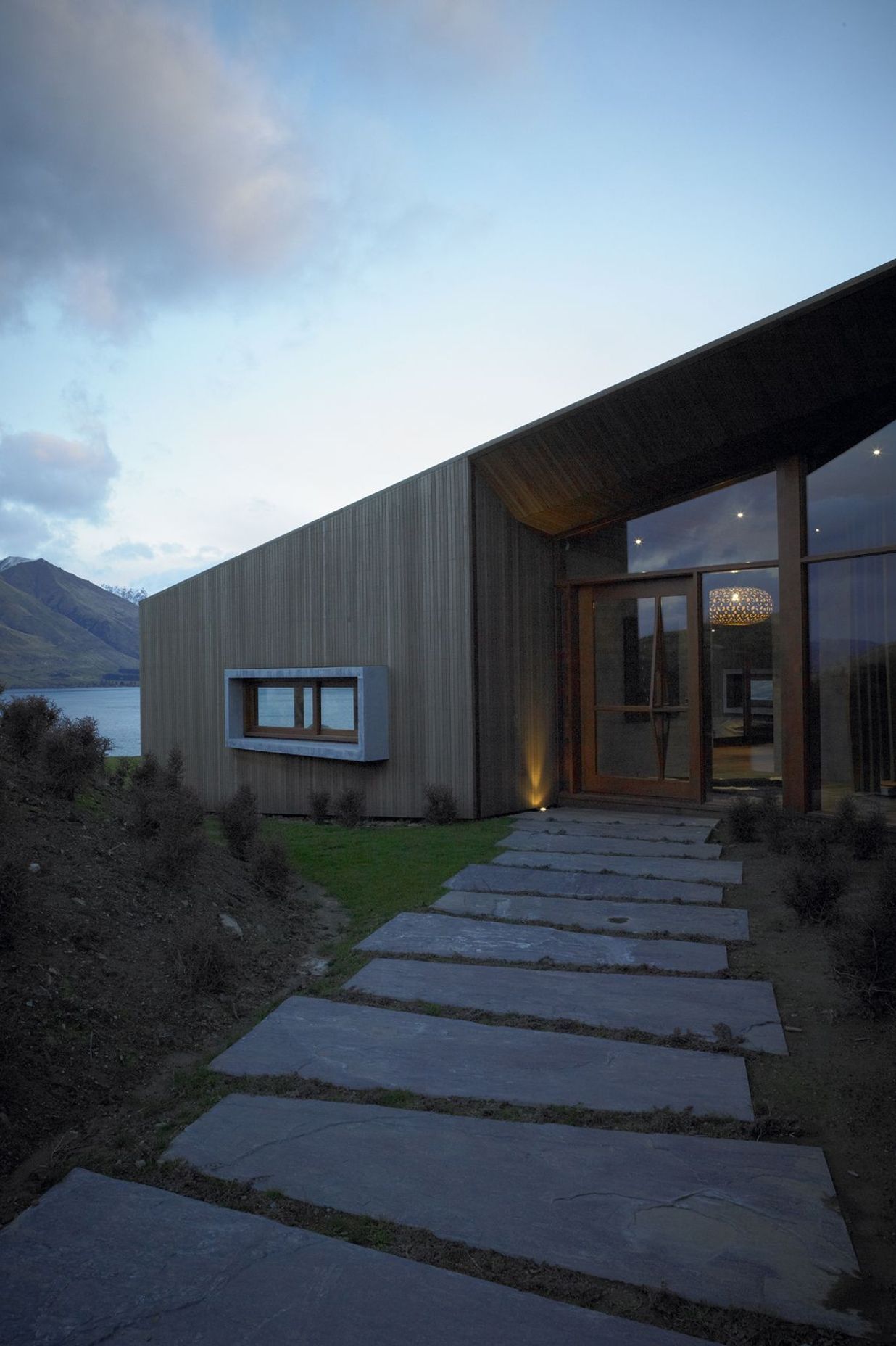

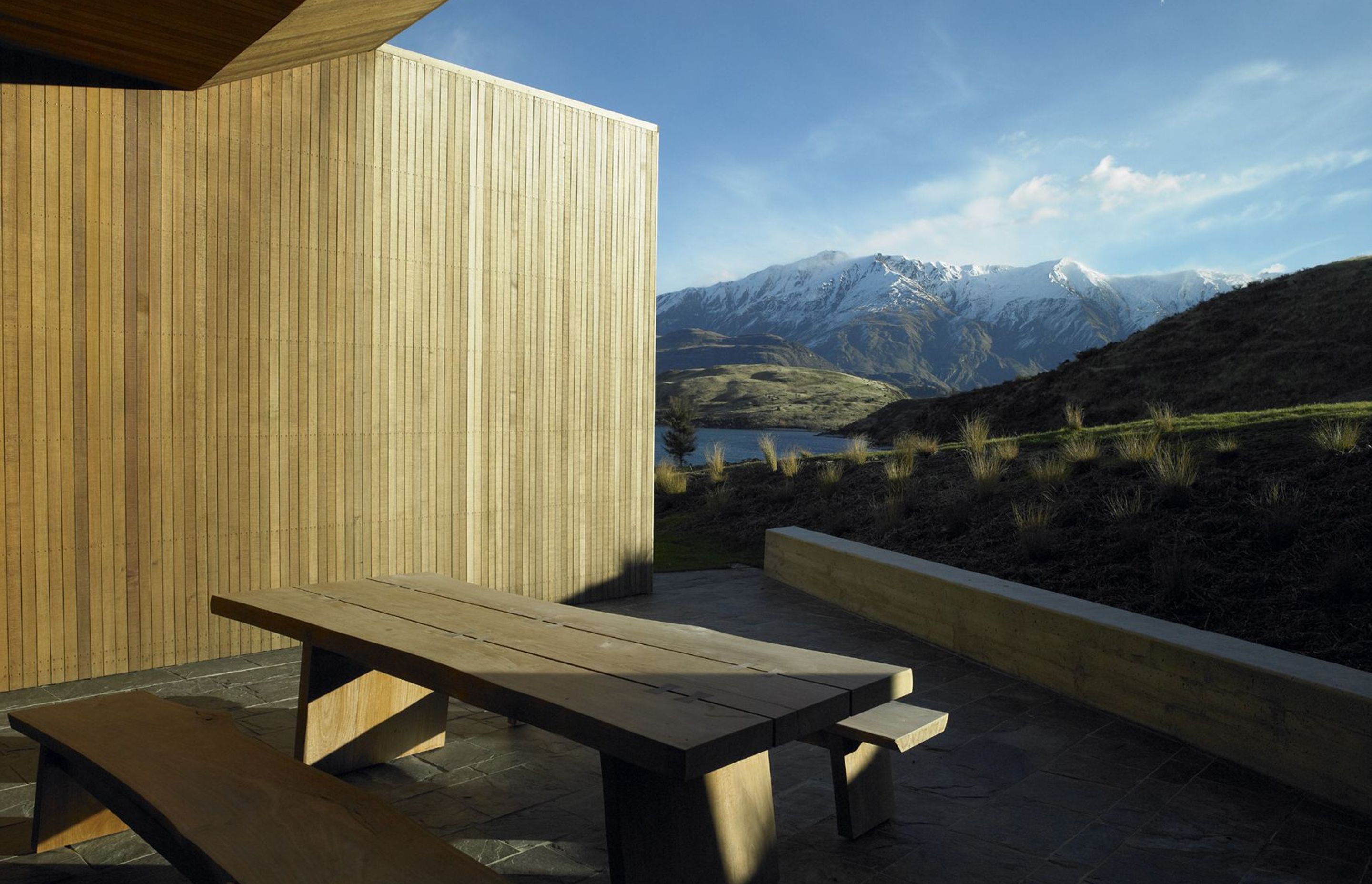
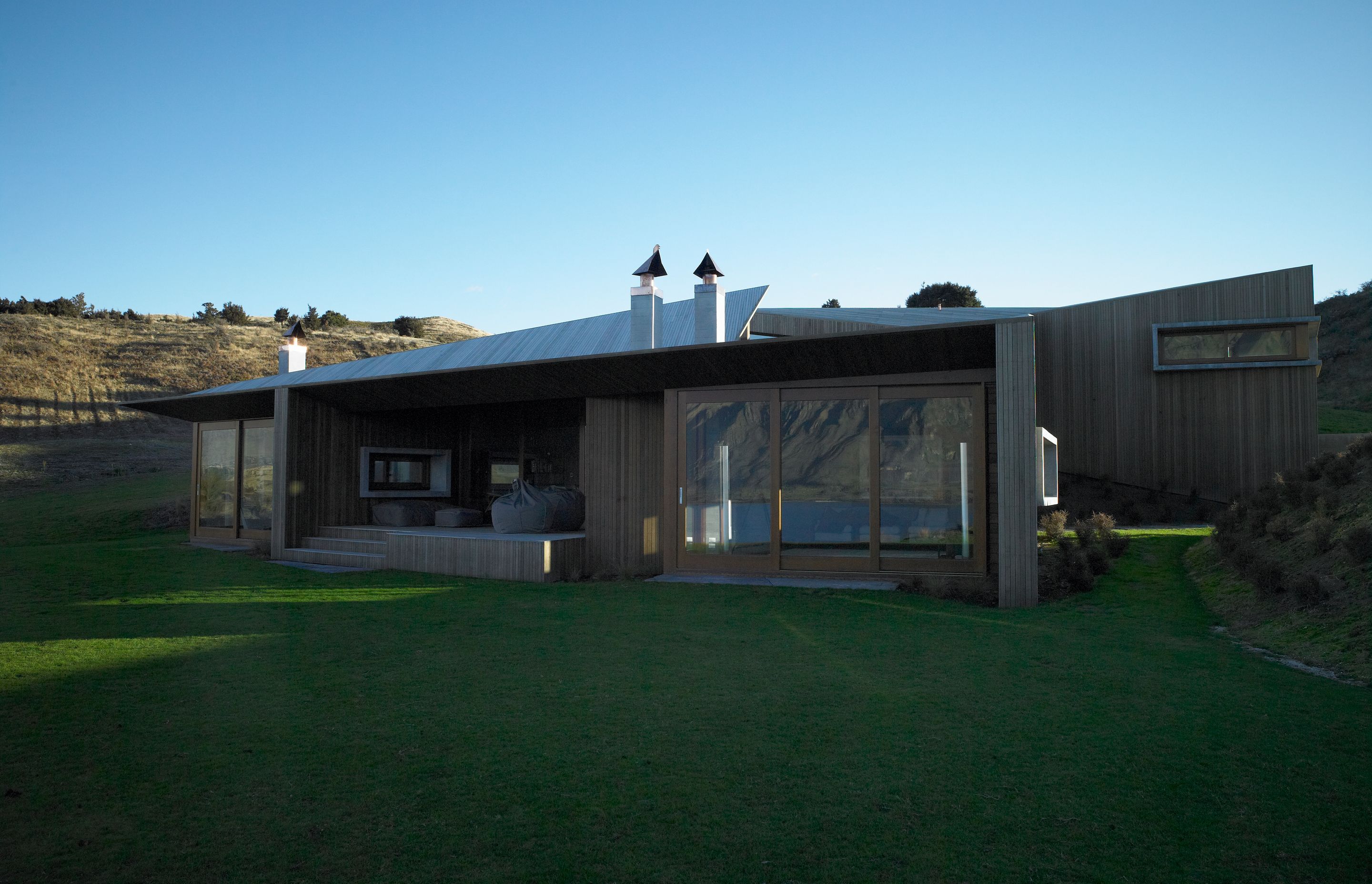
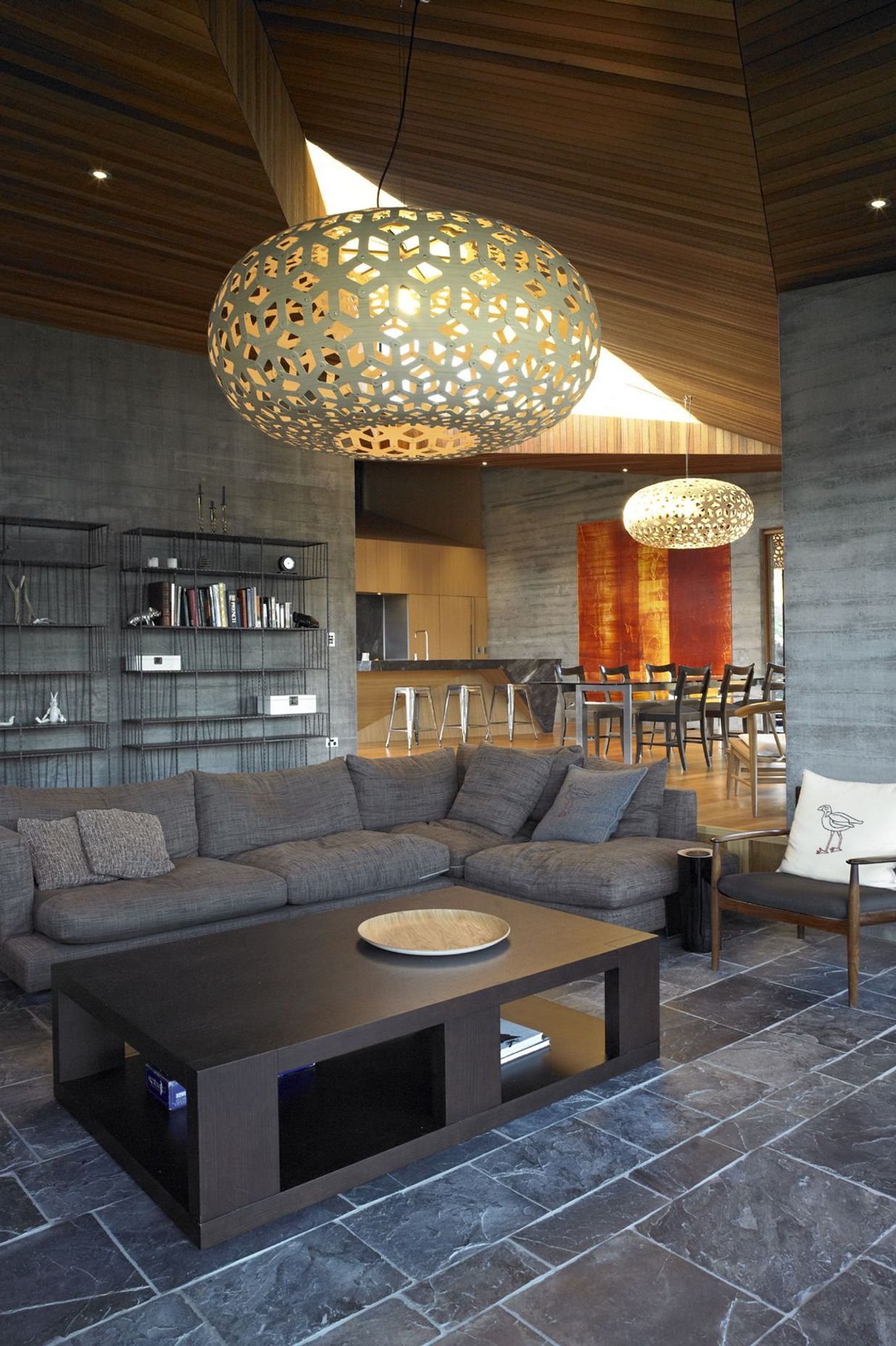

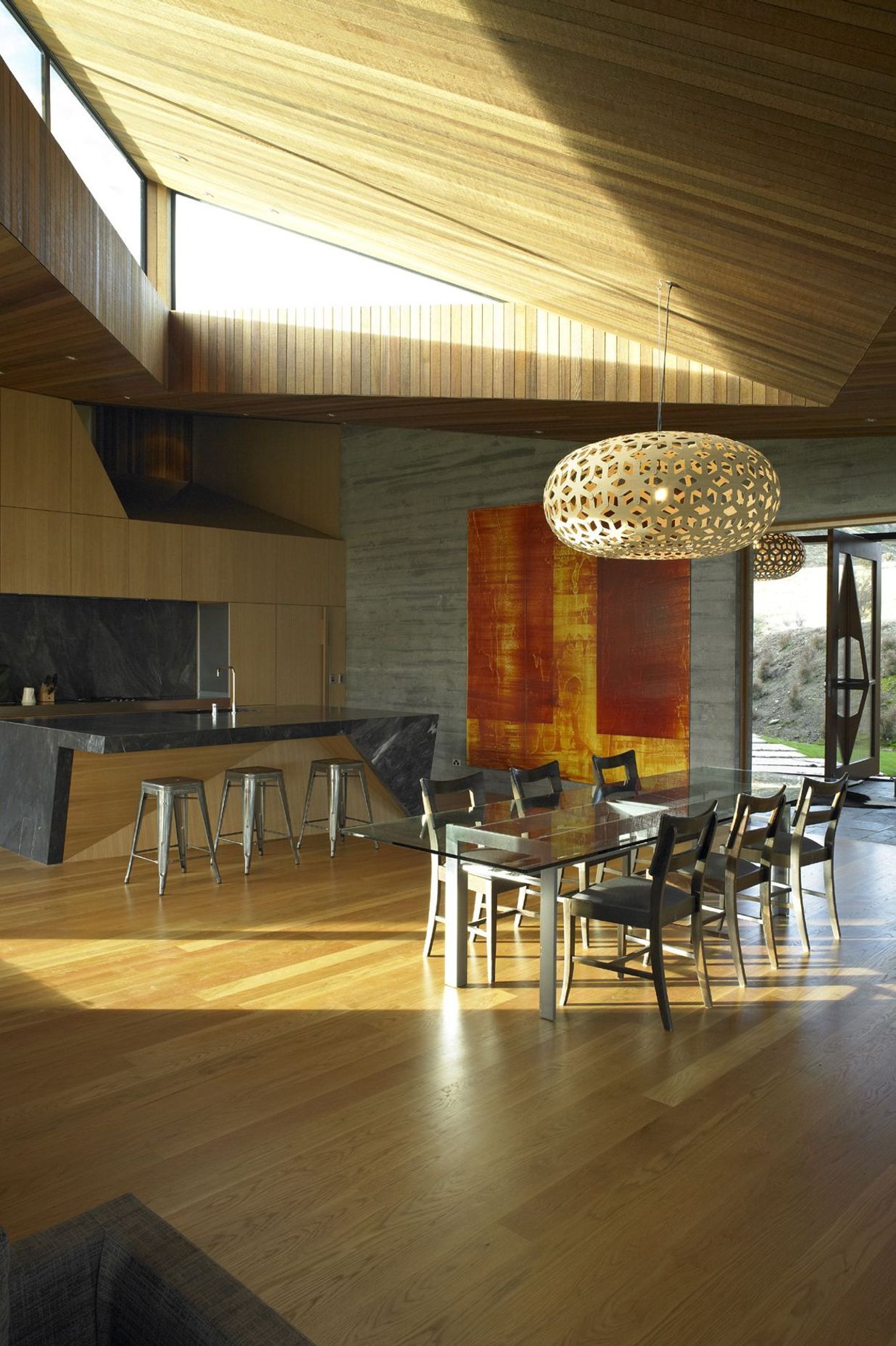

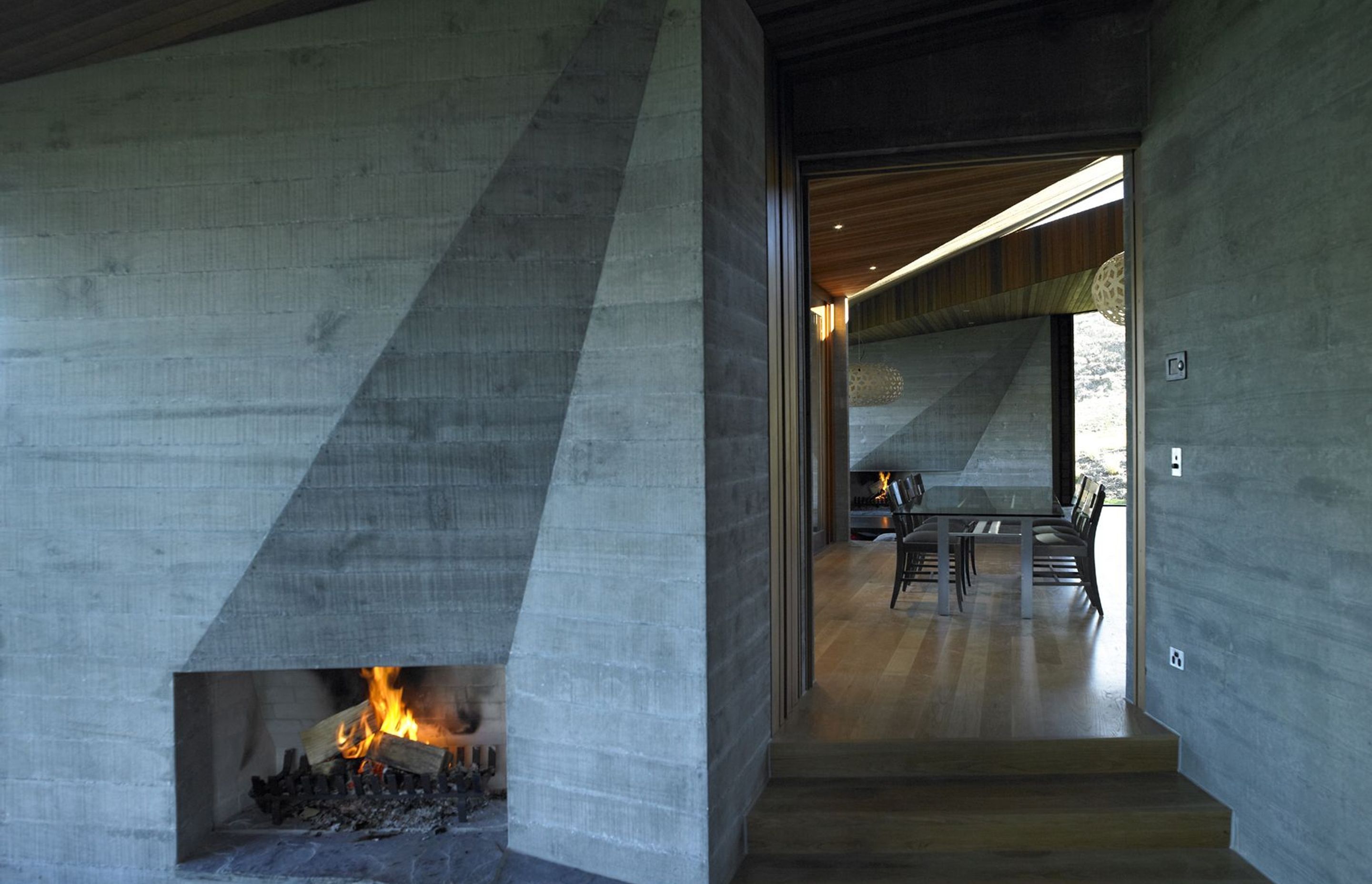
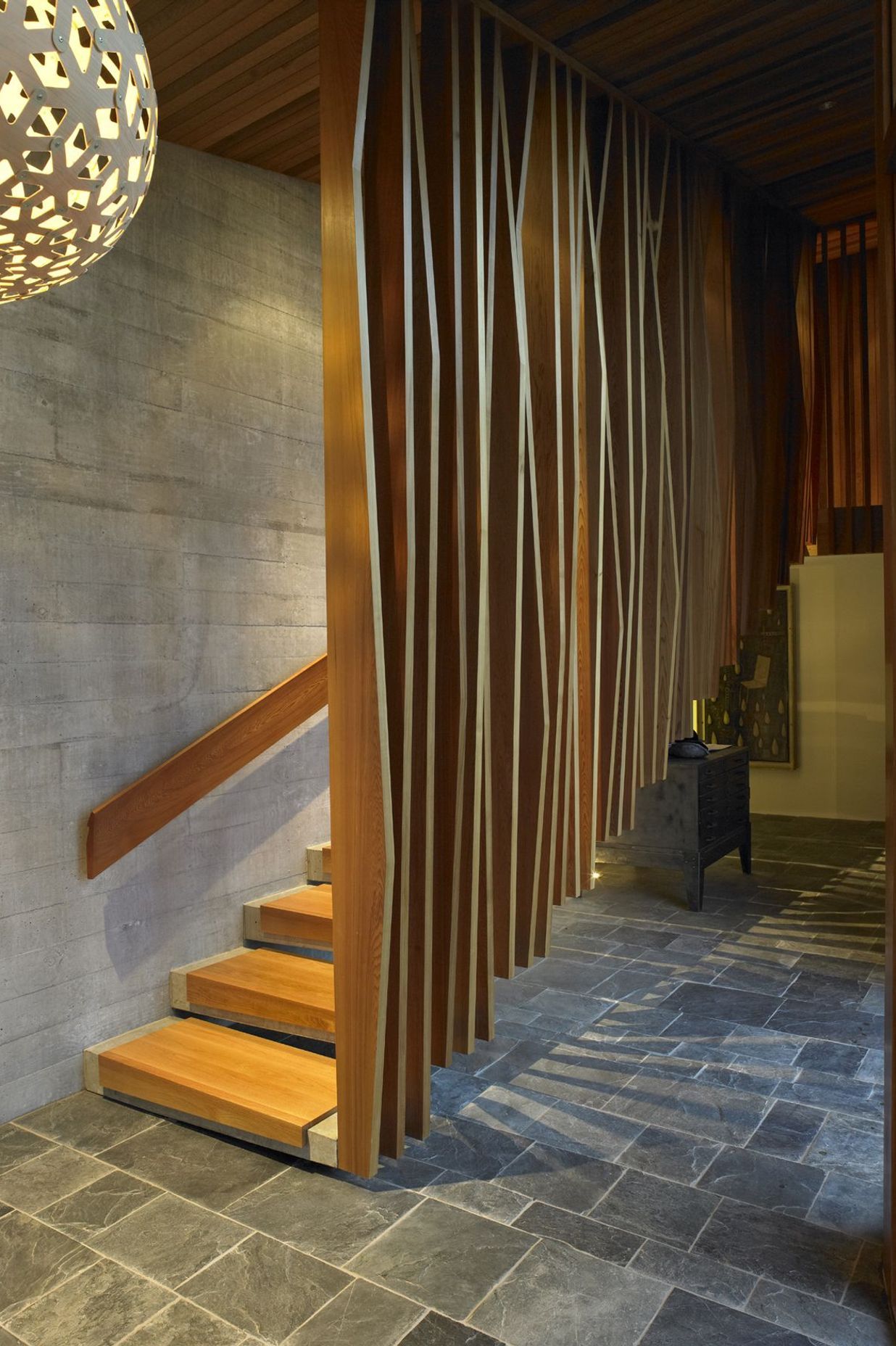
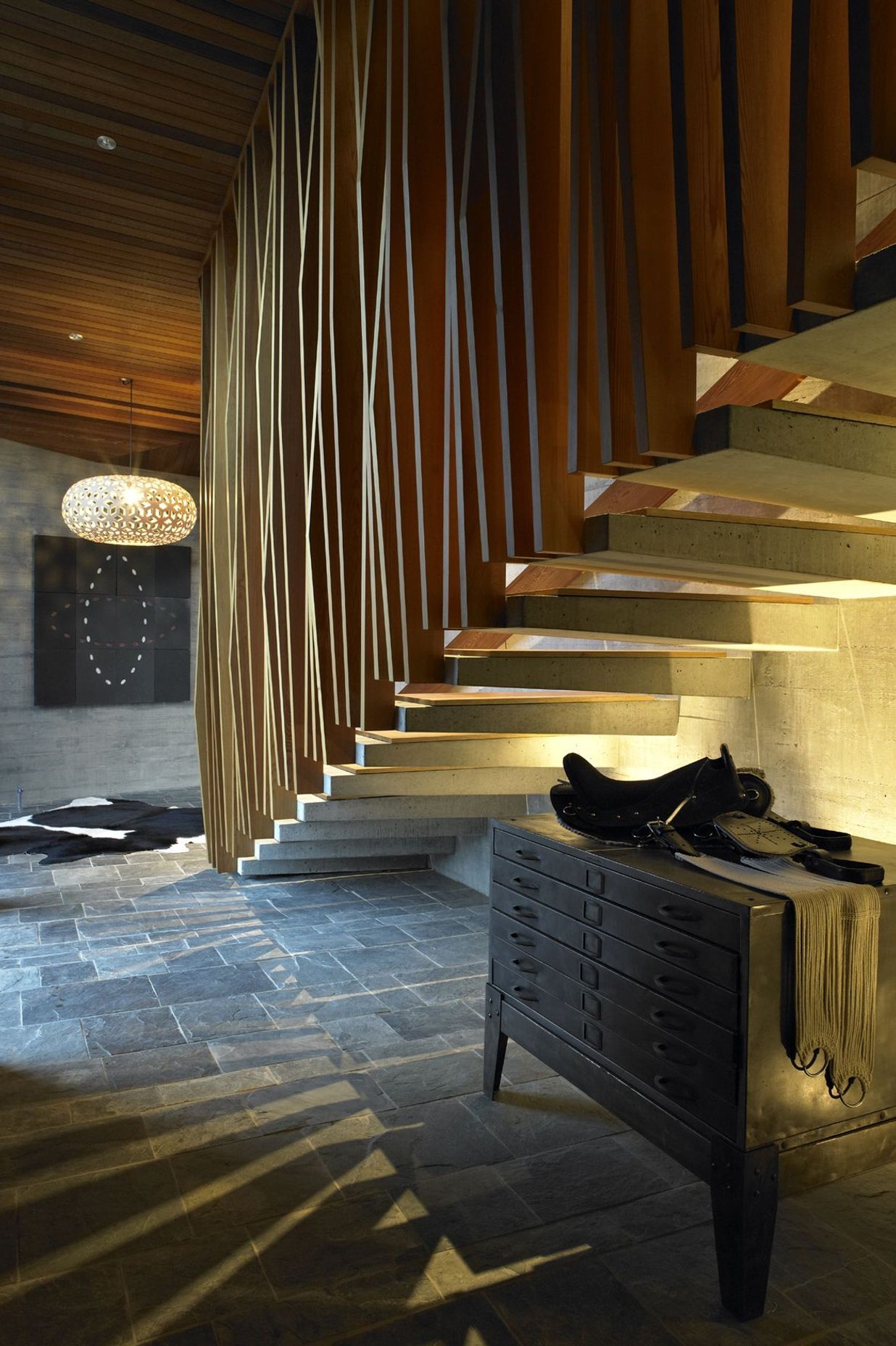


Products used in Te Kaitaka-Lake Wanaka
Professionals used in Te Kaitaka-Lake Wanaka
More projects by Stevens Lawson Architects
About the
Professional
Stevens Lawson Architects was established by Nicholas Stevens and Gary Lawson in 2002.
We are a design intensive practice with a deep commitment to producing innovative buildings that engage with culture and landscape.
Our aim is to produce an architecture of humanism and spirit.
Stevens Lawson works across the spectrum of architectural design, including residential, public, cultural, interior, urban and landscape architecture.
We have won numerous awards for domestic architecture, including the NZIA Supreme Award (the highest honour in New Zealand), and are becoming increasingly involved in the field of public architecture and urban design.
- ArchiPro Member since2015
- Follow
- Locations
- More information
Why ArchiPro?
No more endless searching -
Everything you need, all in one place.Real projects, real experts -
Work with vetted architects, designers, and suppliers.Designed for New Zealand -
Projects, products, and professionals that meet local standards.From inspiration to reality -
Find your style and connect with the experts behind it.Start your Project
Start you project with a free account to unlock features designed to help you simplify your building project.
Learn MoreBecome a Pro
Showcase your business on ArchiPro and join industry leading brands showcasing their products and expertise.
Learn More